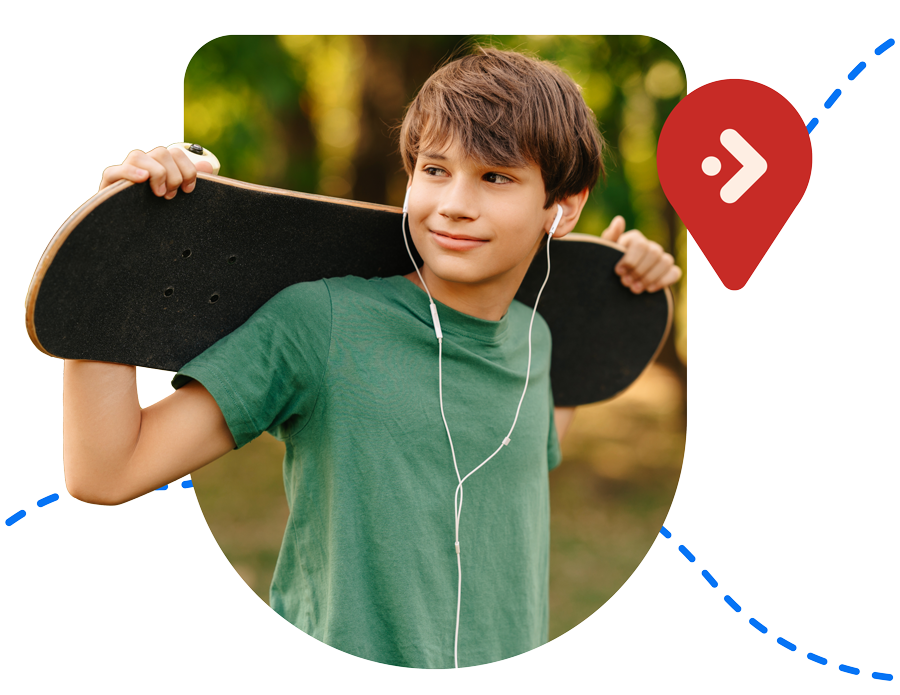Updated from original 1/25/22 publication.
Thinking about summer school in the middle of winter with the cozy season upon us and beeping phones giving weather advisories can feel like a distant dream. Yet, planning an effective summer learning program that works district-wide takes time. From kindergarten students who might need extra support with foundational skills to soon-to-be high school seniors who need credits recovered, districts have a lot to plan for.
While we cannot possibly predict every student’s unique needs, a few simple steps can help you make the most of the coming summer minutes and allow each student to say yes to summer learning with a personalized pathway to academic success.
Identify Learning Goals
Summer is sweet but short, and with a small amount of time, it’s best to set specific, tangible goals for your students now. That way, you know how to staff, what programs you’ll need in place, and teachers will know how to best prepare for a successful summer. Are there too many students at risk of not graduating on time? Is math performance down district-wide? Look at your data but don’t focus on the negative. Instead, take those needs and turn them into positive goals, such as: cut the percentage of at-risk students in half or increase math fact fluency in grades 3–5, so students are algebra ready — the more specific the goal, the better.
Involving students in goal setting is motivating, too. So, consider announcing your goals for students in a way that makes them visible, understandable, and motivating.
Not sure where the biggest learning needs are for your students? Consider investing in a comprehensive assessment system.
Select a Program and Pathway
Once you know your unique learning goals, it’s time to dive into the planning. It’s easy for educators at this point to spend hours and hours on the internet googling, “how to set up a virtual summer school,” or “how to write a summer learning unit,” or, worse, downloading questionably sourced worksheets. If you catch yourself doing the same: please stop.
There’s no need to design your own program when curriculum designers have taken the time to create research-backed curricula for you. Save yourself some time and select a reputable provider who does the heavy lift. Students get better results, and you get more time by the pool. It’s a win-win situation.



